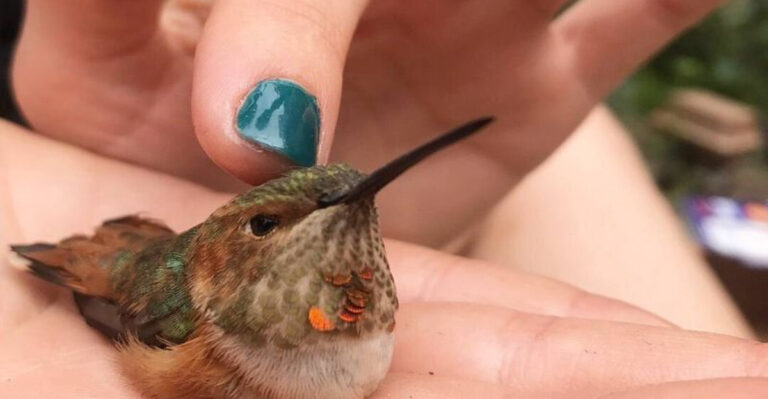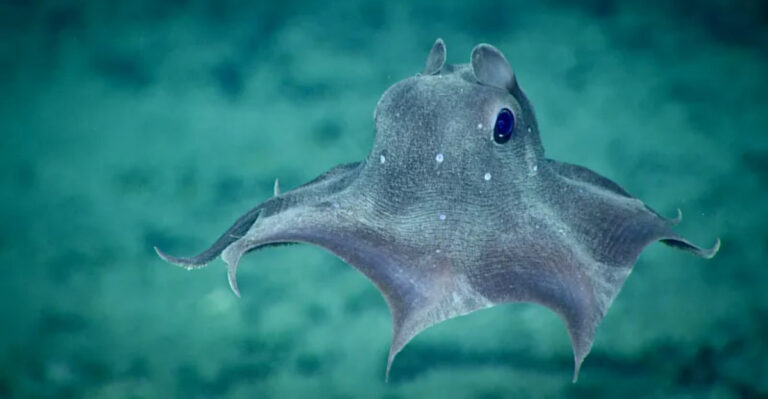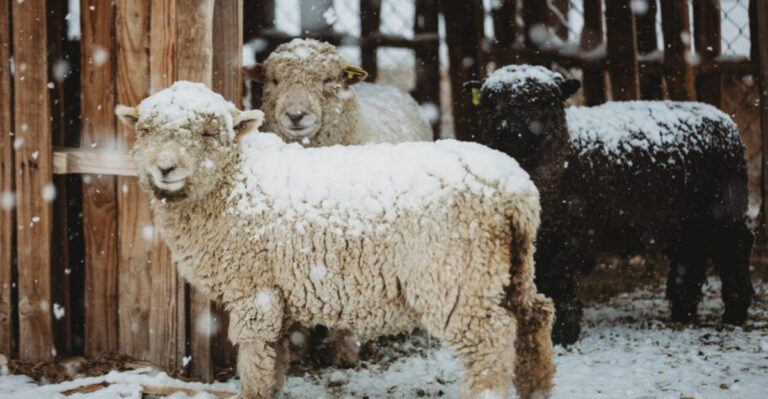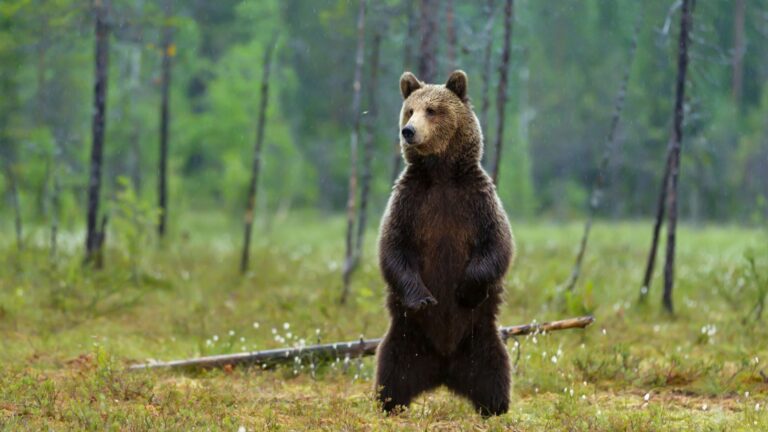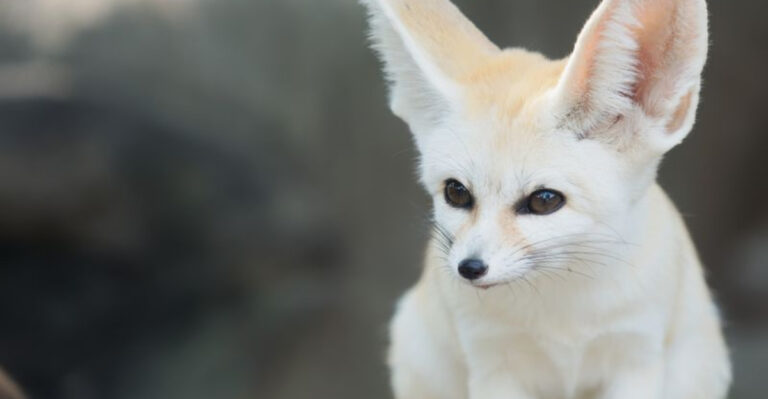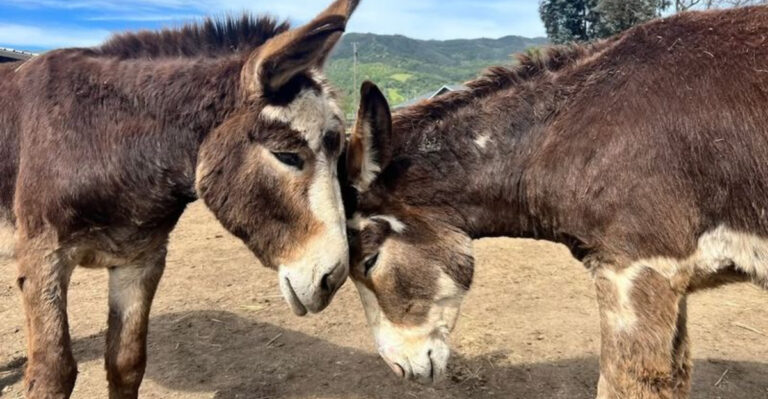11 Reasons Why Gray Wolves Are So Important To Yellowstone
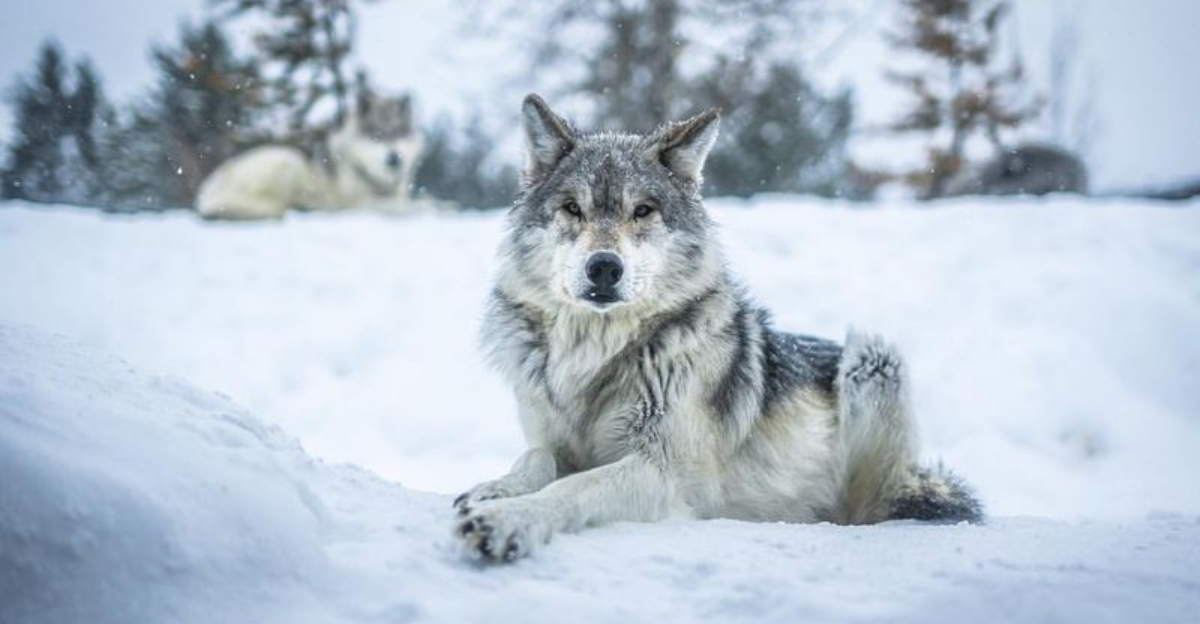
Yellowstone National Park is a mesmerizing landscape, rich in biodiversity and ecological wonders. At the heart of this dynamic ecosystem are the gray wolves, vital players in maintaining the delicate balance of nature.
Reintroduced into the park in the mid-1990s, these majestic creatures have since transformed Yellowstone in remarkable ways. From controlling prey populations to influencing vegetation growth and even altering river courses, the impact of gray wolves extends far beyond their immediate surroundings.
Here are 11 compelling reasons why gray wolves hold such an essential role in Yellowstone’s ecosystem, each reason uniquely contributing to the park’s overall health and resilience.
1. Encouraging Vegetation Recovery
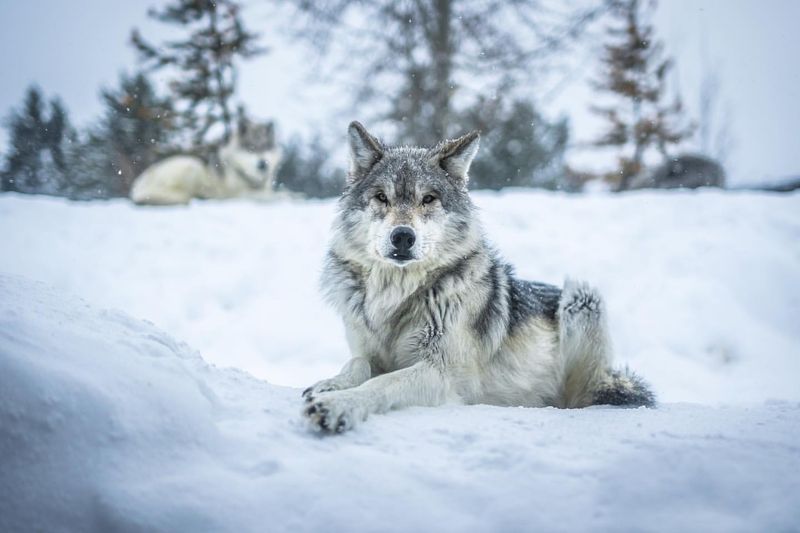
With the reintroduction of gray wolves, Yellowstone has witnessed a remarkable recovery in vegetation. Wolves help manage herbivore numbers, allowing overbrowsed shrubs and trees to regenerate.
This resurgence of plant life not only beautifies the landscape but also provides essential habitats for numerous wildlife species. The growth of thick vegetation along riverbanks reduces soil erosion, stabilizing river courses and improving water quality.
These changes create a more sustainable environment for aquatic species and contribute to a rich biodiversity. In essence, gray wolves indirectly foster vegetation growth by maintaining herbivore populations at sustainable levels.
Their presence is crucial in nurturing the park’s flora, which in turn supports a plethora of life forms, showcasing the intricate connections within Yellowstone’s ecosystem.
2. Regulating Deer And Elk Populations
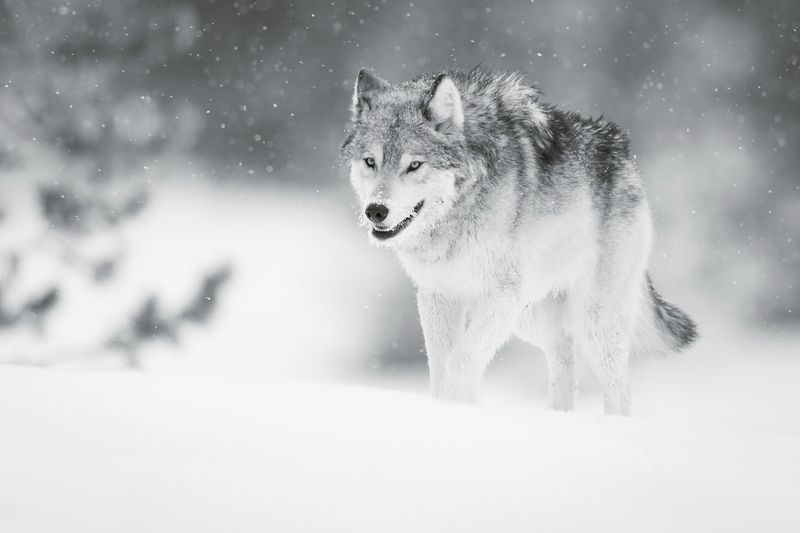
Gray wolves play a pivotal role in regulating the populations of large herbivores like deer and elk. By naturally controlling these populations, wolves prevent overgrazing, allowing vegetation to thrive.
This balanced predation creates a ripple effect throughout the ecosystem, enhancing biodiversity and supporting various plant and animal species. The presence of wolves ensures that the herbivore population does not exceed the carrying capacity of the land, maintaining equilibrium.
In addition, wolves often target weaker or sick individuals, promoting a healthier gene pool among the prey species. This natural selection process strengthens the resilience of these populations, making them more adaptable to changing environmental conditions.
Consequently, the influence of gray wolves extends beyond mere predation, fostering a robust and balanced ecosystem within Yellowstone. Their role as apex predators is vital in maintaining the park’s ecological health.
3. Supporting Scavenger Species
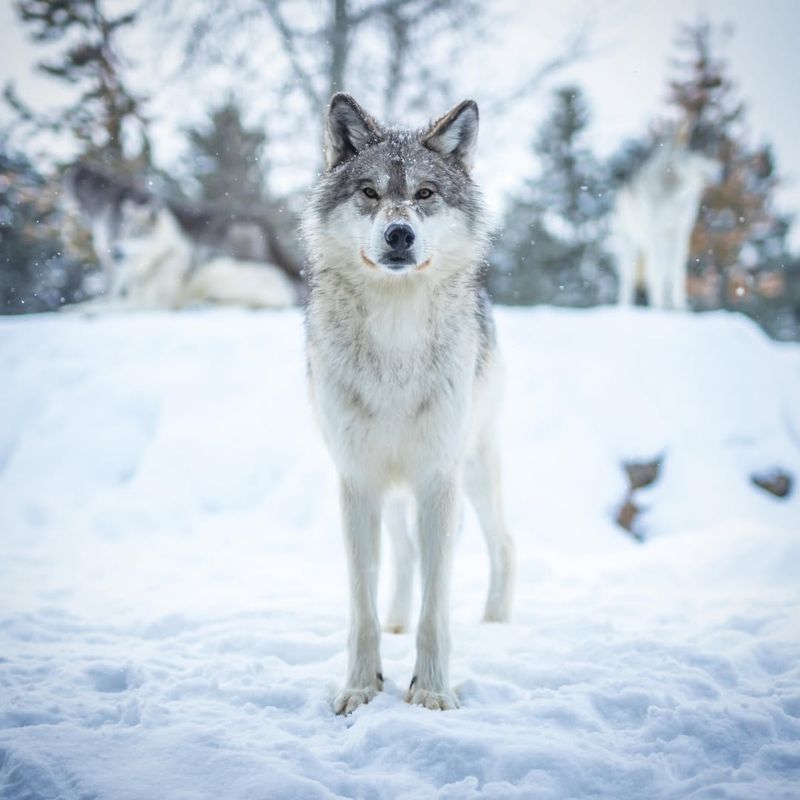
Gray wolves play an indirect yet significant role in supporting scavenger species within Yellowstone. When wolves make a kill, they often leave behind carcasses that become vital food sources for scavengers like ravens, eagles, and bears.
This availability of food enhances the survival and reproduction rates of these scavenger populations. The presence of wolves ensures a steady supply of carcasses throughout the year, benefiting a diverse range of species.
Scavengers help clean the environment by consuming remains, reducing the spread of disease and contributing to a balanced ecosystem. Thus, gray wolves act as providers within the food web, ensuring that scavenger species thrive.
Their impact on these opportunistic feeders highlights the interconnectedness of Yellowstone’s ecological community, emphasizing the importance of each species’ role.
4. Altering River Courses
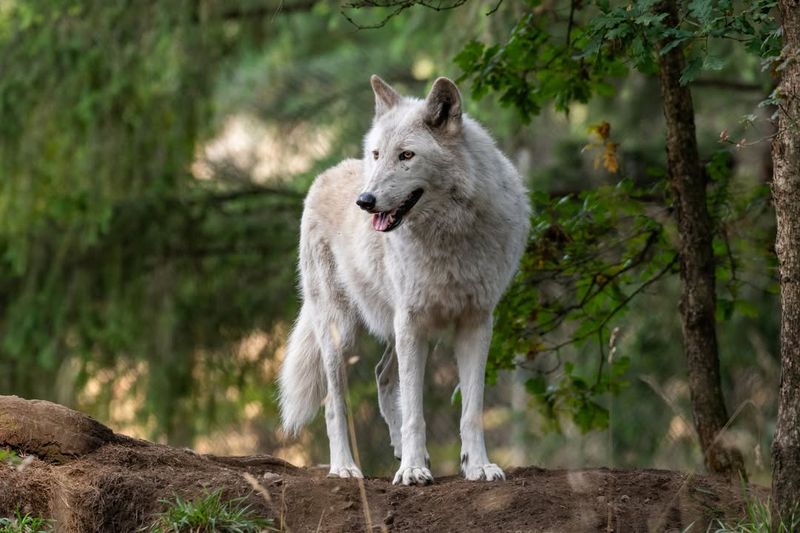
The reintroduction of gray wolves has had an unexpected impact on Yellowstone’s rivers. By controlling the populations of elk and deer, wolves prevent overgrazing along riverbanks. This allows vegetation to grow, leading to stabilization of the soil and reducing erosion.
With more stable banks, rivers flow more predictably, altering their courses and creating new habitats for aquatic species. This change in river dynamics has a positive effect on biodiversity, supporting fish, amphibians, and other wildlife that depend on these water bodies.
The influence of wolves on river systems demonstrates their far-reaching ecological impact. By maintaining a balance in herbivore populations, they indirectly shape the landscape, proving their essential role in preserving Yellowstone’s natural beauty and ecological integrity.
5. Improving Habitat For Beavers
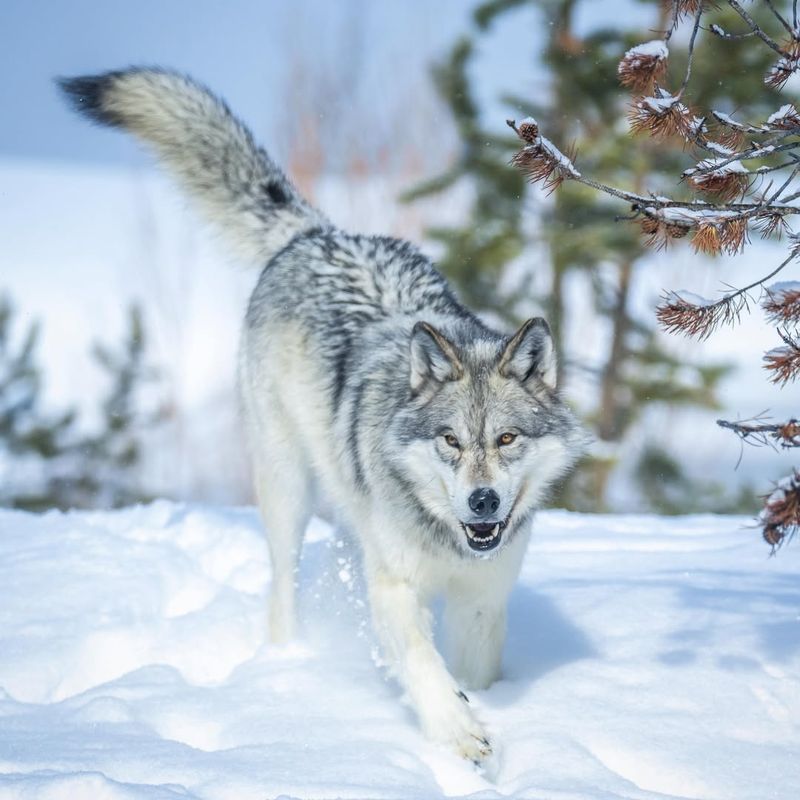
Gray wolves have indirectly contributed to the resurgence of beaver populations in Yellowstone. With wolves controlling herbivore numbers, vegetation along waterways has recovered, providing beavers with the necessary materials to build their dams.
Beaver dams create ponds and wetlands, offering habitats for various species, including fish, amphibians, and birds. These water bodies serve as crucial resources for wildlife, enhancing the park’s biodiversity.
In this way, the presence of gray wolves supports the engineering activities of beavers, facilitating the development of diverse aquatic ecosystems.
Their indirect role in promoting beaver habitats underscores the complex interdependencies within Yellowstone’s ecological network.
6. Promoting Biodiversity
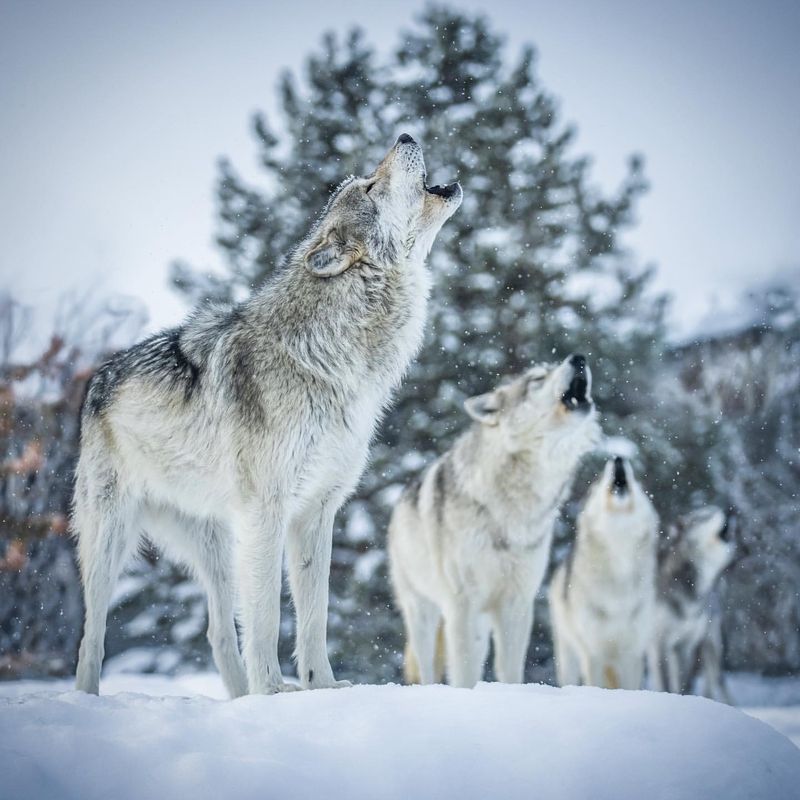
Gray wolves are instrumental in promoting biodiversity within Yellowstone. By controlling herbivore populations, they allow a wider variety of plant species to thrive. This increased plant diversity provides habitats and food sources for numerous animal species, fostering a vibrant and dynamic ecosystem.
The presence of wolves creates a cascading effect, where the benefits of their predation extend to various trophic levels. This enhances the overall resilience and adaptability of the ecosystem to environmental changes.
In sum, gray wolves are keystone species whose influence extends beyond their immediate prey. They contribute to a rich tapestry of life in Yellowstone, promoting ecological balance and diversity through their natural behaviors.
7. Educating The Public
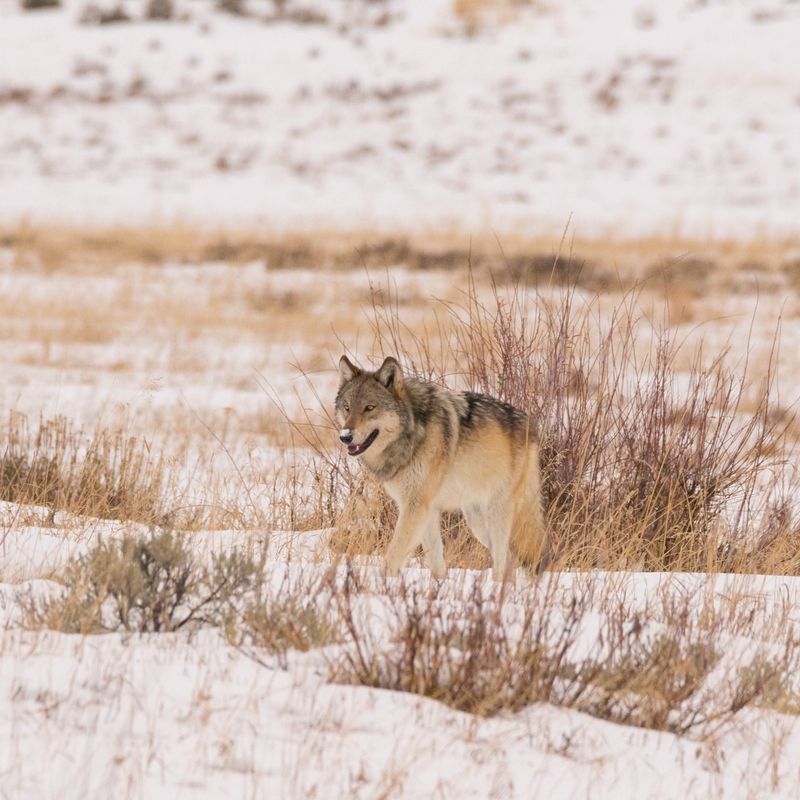
Gray wolves serve as powerful symbols for educating the public about the importance of biodiversity and ecosystem balance. In Yellowstone, they provide an opportunity for visitors to learn about the intricate relationships within nature and the critical role top predators play.
Through ranger-led programs and informational displays, tourists gain insights into the ecological significance of wolves and the conservation efforts that support them. This educational aspect enhances public awareness and fosters a sense of stewardship for the environment.
In this way, gray wolves act as ambassadors for ecological education, inspiring visitors to recognize and value the delicate interconnections that sustain Yellowstone’s natural beauty.
8. Enhancing Visitor Experience
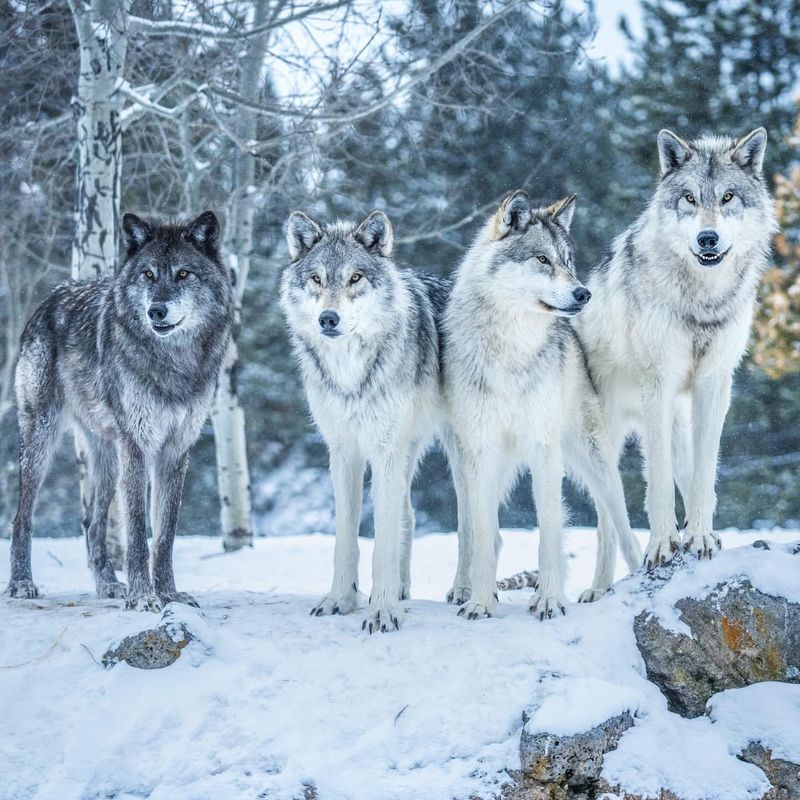
The reintroduction of gray wolves has significantly enhanced the visitor experience in Yellowstone. Tourists are drawn to the opportunity to observe these iconic predators in their natural habitat, adding a thrilling dimension to their visit.
Wolves also indirectly enhance the park’s scenery by fostering lush vegetation and diverse wildlife, providing a more immersive and rewarding experience for nature enthusiasts. The presence of wolves serves as a reminder of the park’s commitment to conservation and ecological restoration.
Overall, gray wolves contribute to the allure and educational value of Yellowstone, enriching the visitor experience and encouraging a deeper appreciation for the natural world.
9. Boosting Local Economy
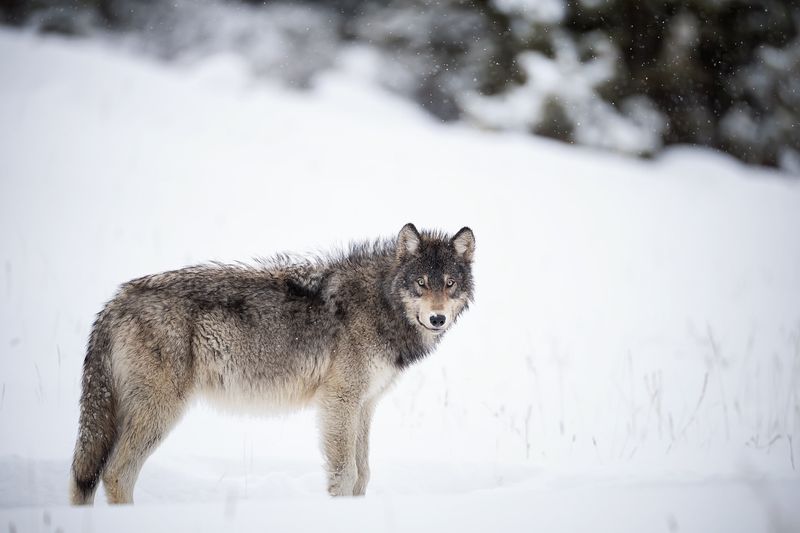
The presence of gray wolves in Yellowstone has a positive impact on the local economy. Tourists flock to the park for a chance to see these majestic animals in the wild, leading to increased spending in nearby communities.
Local businesses, including hotels, restaurants, and tour operators, benefit from the influx of visitors, supporting jobs and economic growth. The allure of wolf sightings adds a unique selling point for the region, attracting wildlife enthusiasts from around the world.
Thus, gray wolves not only contribute to ecological health but also play a vital role in sustaining the economic wellbeing of communities surrounding Yellowstone, demonstrating their multifaceted importance.
10. Supporting Scientific Research
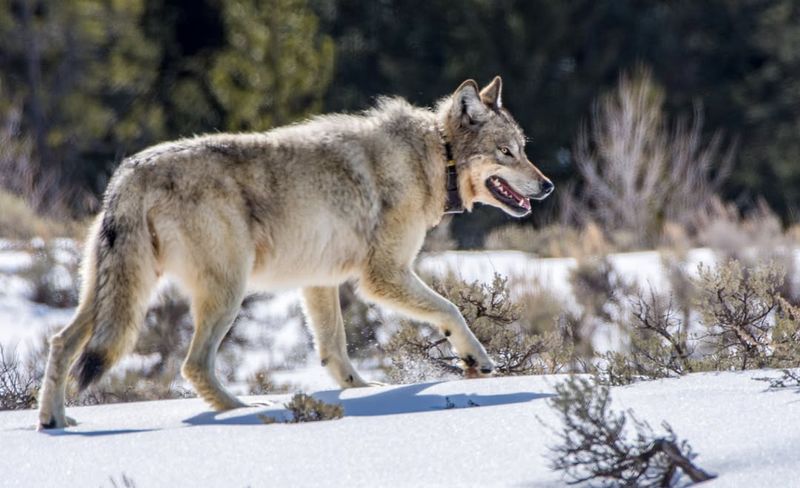
Gray wolves provide invaluable opportunities for scientific research in Yellowstone. By studying their behaviors, population dynamics, and ecological impact, researchers gain insights into predator-prey relationships and ecosystem functioning.
These studies contribute to a broader understanding of ecological principles, informing conservation strategies both within and beyond the park. The wolves serve as a living laboratory, allowing scientists to explore complex ecological interactions in a relatively undisturbed environment.
Through their presence, gray wolves support a wealth of scientific knowledge, enhancing our understanding of nature and guiding future conservation efforts. Their role in research underscores the importance of preserving natural habitats for continued scientific exploration.
11. Fostering Ecosystem Resilience
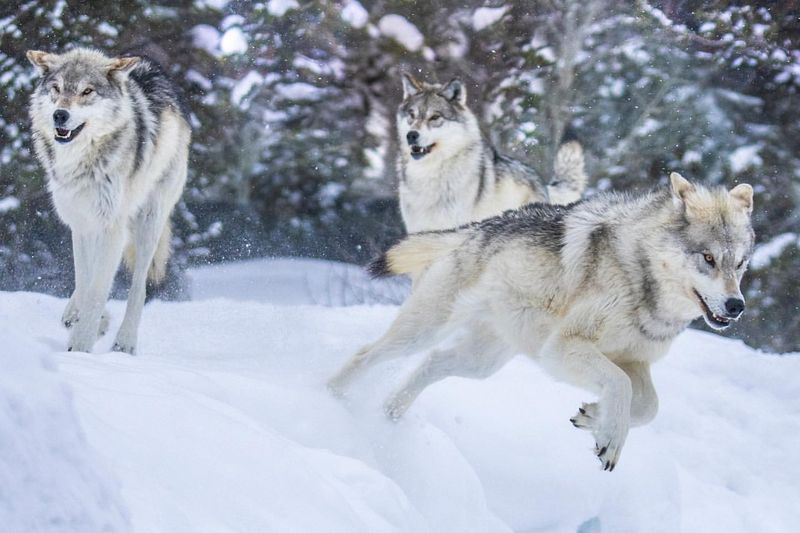
Gray wolves contribute to the resilience of Yellowstone’s ecosystem by maintaining balance among various species. By regulating herbivore populations, wolves prevent the overexploitation of vegetation, allowing plant communities to recover and adapt to environmental changes.
This balanced ecosystem is better equipped to withstand natural disturbances such as fires or climatic shifts. The presence of wolves ensures that the park remains a dynamic and resilient landscape, capable of supporting diverse life forms.
Ultimately, gray wolves play a crucial role in fostering an adaptable and robust ecosystem within Yellowstone, highlighting their importance in safeguarding the park’s natural heritage for future generations.

